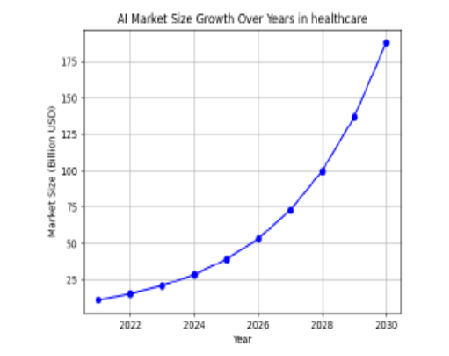


Indian Journal of Science and Technology
Year: 2024, Volume: 17, Issue: 11, Pages: 967-978
Original Article
Nilamba Vala1, Shruti Yagnik2, Yogesh Kumar3*
1Research Scholar, INDUS University, Ahmedabad, Gujarat, India
2Associate Professor, INDUS University, Ahmedabad, Gujarat, India
3Department of CSE, School of Technology, Pandit Deendayal Energy University, Gandhinagar, Gujarat, India
*Corresponding Author
Email: [email protected]
Received Date:18 January 2024, Accepted Date:12 February 2024, Published Date:28 February 2024
Background: Diarrheal disease is a major source of mortality as well as morbidity in children under five in underdeveloped nations. Traditional diagnostic methods for diarrheal disease are time-consuming and often lack accuracy which leads to delays in treatment and the potential for misdiagnosis. Objectives: The objective of this review paper is to provide a comprehensive analysis of the existing body of research on the detection and diagnosis of diarrheal disease using artificial intelligence based techniques such as machine learning and deep learning. Method: A review has been conducted where the papers from the year 2015-2023 have been screened using PRISMA criteria. Findings: This review underlines how machine and deep learning can diagnose diarrheal disorders and work on their limitations that still persist. It synthesizes information from peer-reviewed papers and research studies to show how these techniques can improve diagnosis, which is essential for treating and preventing diarrheal diseases. While reviewing the existing techniques, it has been found that Random Forest achieved 97.48% accuracy, Logistic Regression and Support Vector Machine obtained 100% recall, while Naïve Bayes produced the maximum precision of 96.55% with a reduced error rate of 2.52%.The review paper also stresses the necessity of standardizing feature representation, model architecture, and assessment criteria to optimize diarrheal illness detection models. Novelty: While most of the researchers had used only machine learning techniques, this review emphasizes the importance of using deep learning techniques as well as hyper parameter optimizers for generating the optimal results. Apart from this, the novelty of study lies in its hybridization of advanced Convolutional Neural Networks (CNNs) and their diverse combinations to represent a significant advancement in the detection and diagnosis of diarrheal diseases.
Keywords: Healthcare, Diarrheal disease, Pathogens, Artificial intelligence, Machine Learning, Transfer Learning, Deep Learning
© 2024 Vala et al. This is an open-access article distributed under the terms of the Creative Commons Attribution License, which permits unrestricted use, distribution, and reproduction in any medium, provided the original author and source are credited. Published By Indian Society for Education and Environment (iSee)
Subscribe now for latest articles and news.